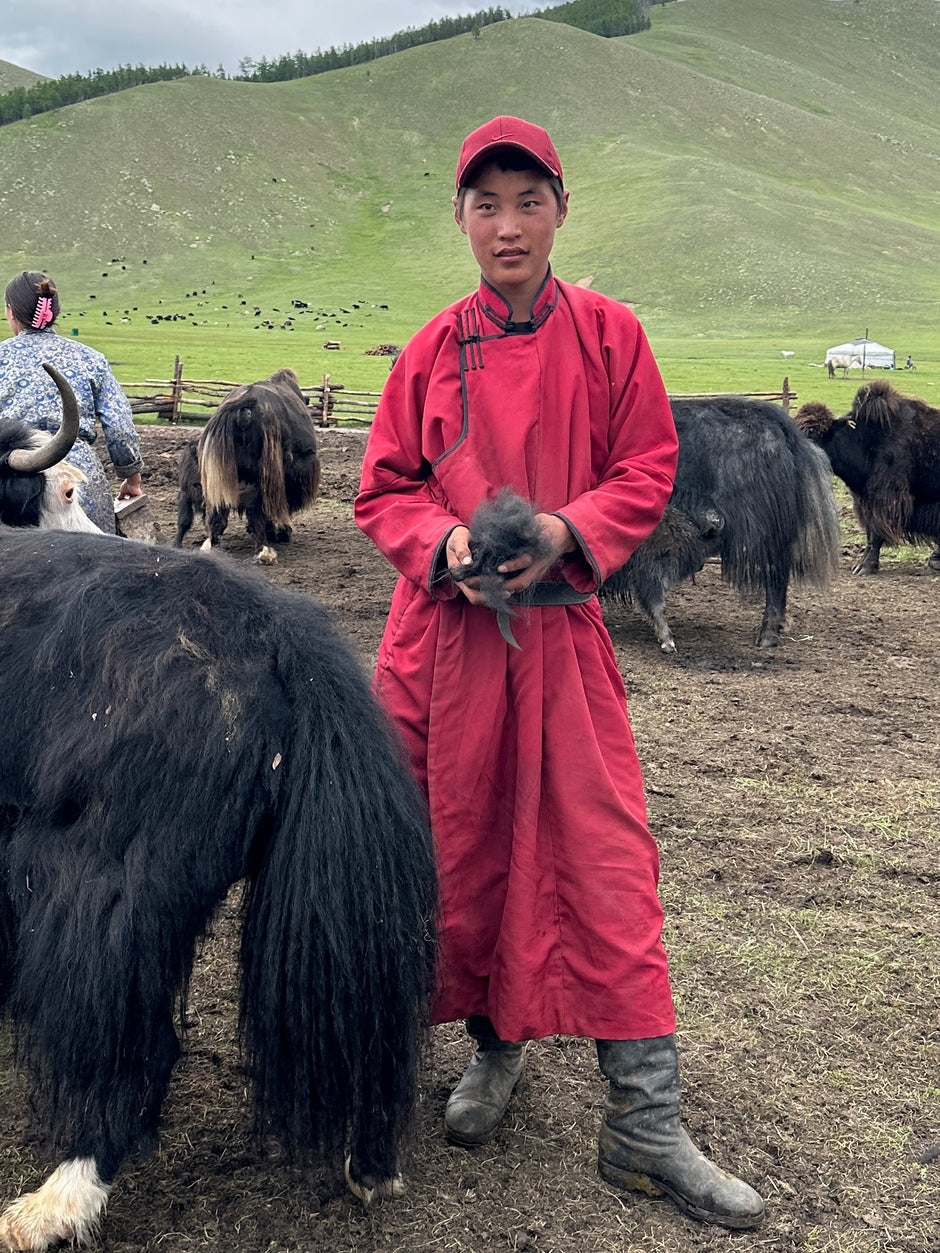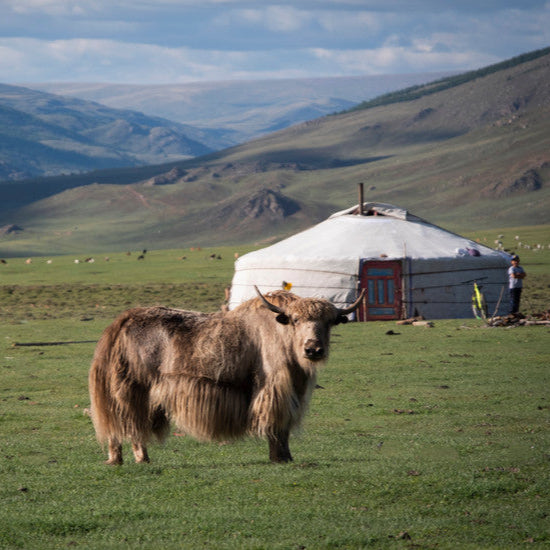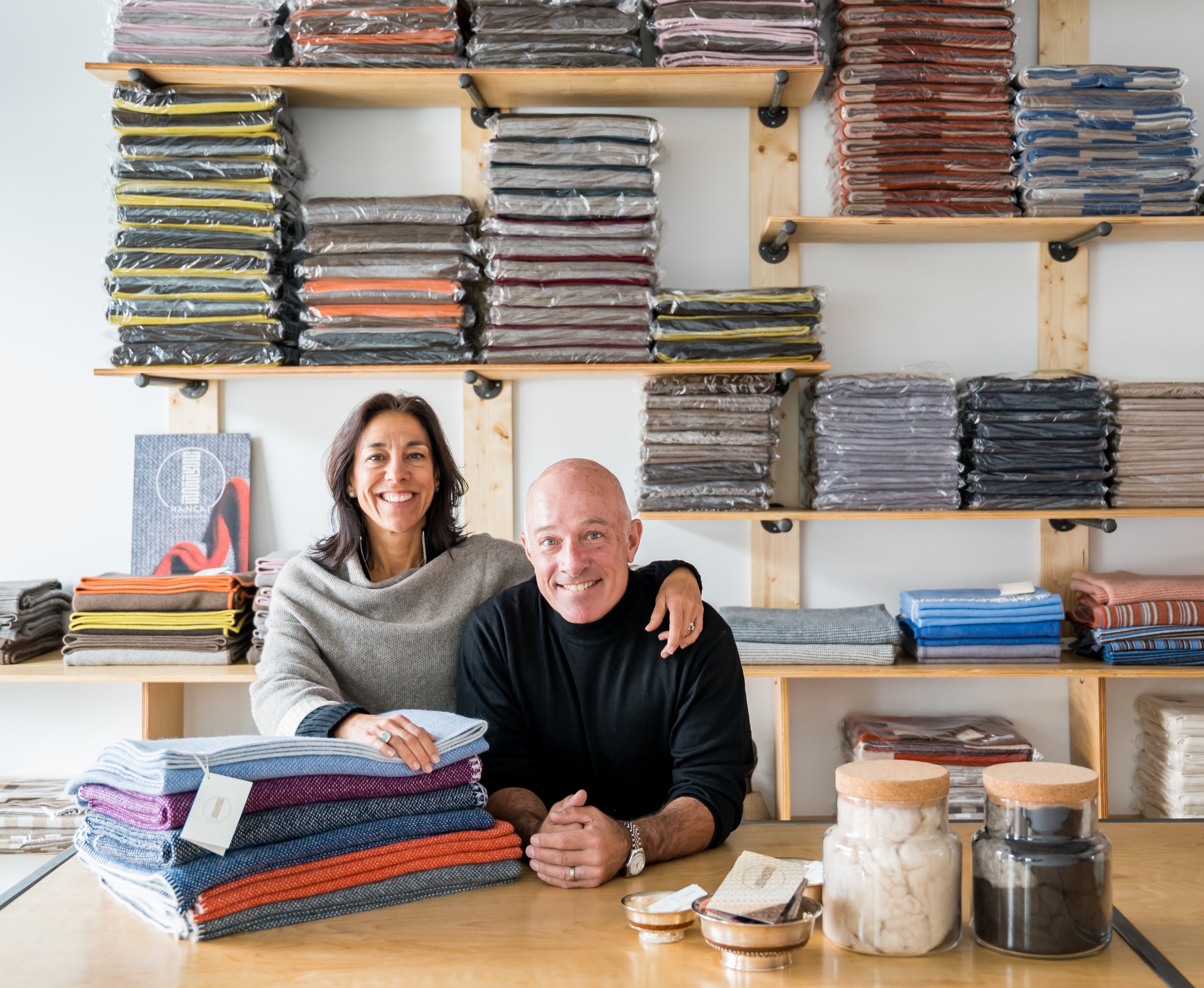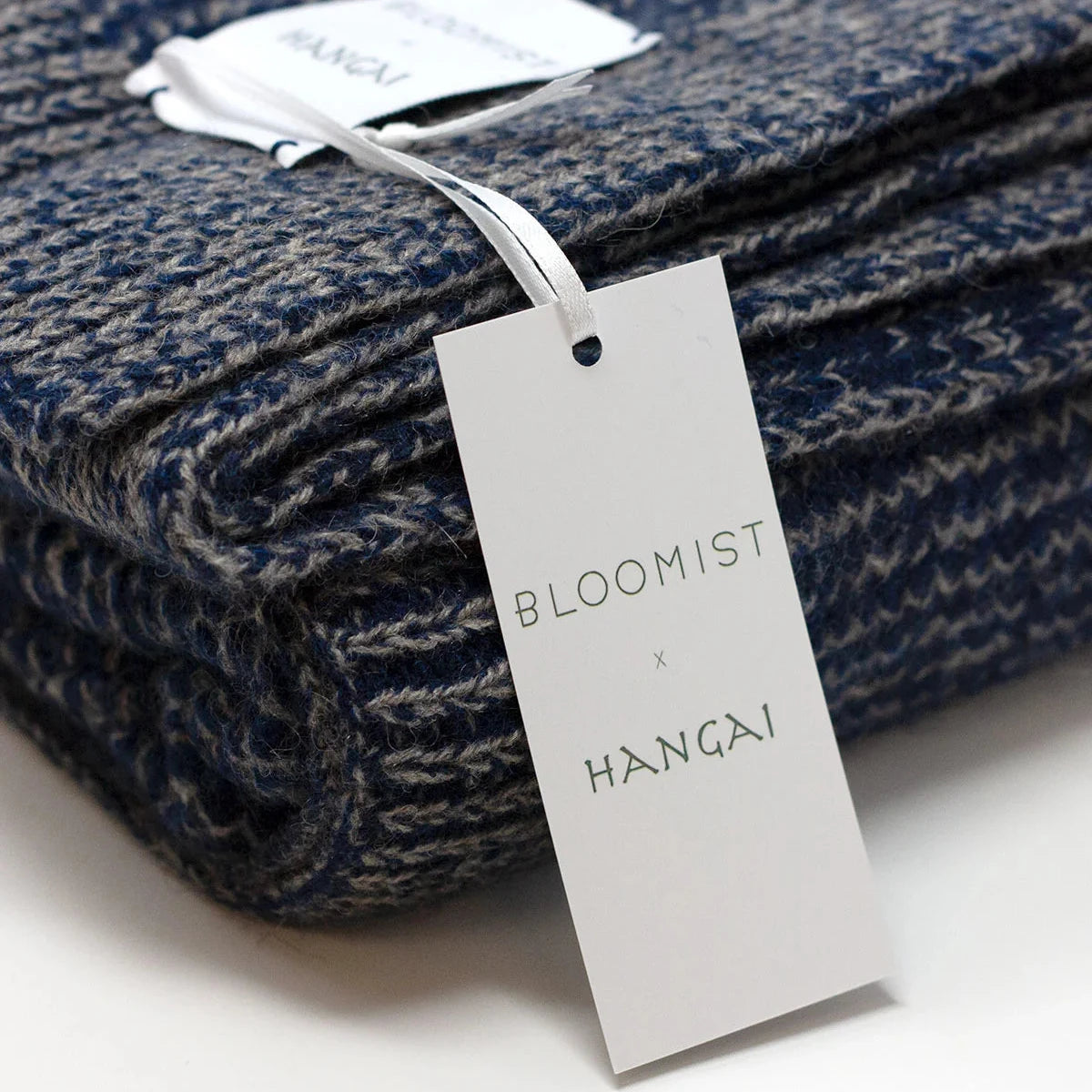Our Journey
On a cold January morning in 2006, we arrived in Ulaanbaatar, Mongolia, with our young children. What began as a professional journey — helping to build Mongolia’s economic and democratic institutions — soon became a lasting connection to a country of vast steppes, felt-covered gers, and nomadic herder families tending sheep, goats, yaks, and camels.
We remained for over a decade, eventually founding a PR firm that became an affiliate of the global communications leader Ogilvy. Mongolia became our home, and the relationships we built there shaped the future of our family and business.
From Mongolia to Colorado
In 2014, our children began attending the Colorado Rocky Mountain School in Carbondale, Colorado. We quickly fell in love with the Roaring Fork Valley — its mountains, rivers, and community. A year later, we settled in Old Town Basalt.
One cool August evening, gathered with friends beneath the stars, we pulled out our Mongolian blankets as the temperature dropped. Their warmth and craftsmanship sparked an idea: to create a home textile brand that would celebrate Mongolia’s finest natural fibers.
The Birth of Hangai Mountain Textiles
After many conversations with Mongolian friends, research into fiber harvesting, processing, textile design, and the supply chain, we launched Hangai Mountain Textiles. Our mission was clear: to develop small-batch luxury collections that showcase Mongolia’s herding, knitting, and weaving traditions while honoring sustainability, craftsmanship, and modern design.
We are deeply grateful to the entrepreneurs and clients in Aspen and the Roaring Fork Valley who supported our launch in 2017. Today, Hangai is a growing family-owned business with a showroom in Basalt, Colorado, and production partnerships in Mongolia.
We design blankets, throws, and accessories knit and woven from hand-combed cashmere, yak down, and baby camel fibers. Our collections have found homes with leading designers, specialty retailers, and boutique hotels and resorts across the U.S., including Blackberry Farm, Timber Resorts, the Auberge Resorts and others.

COMMITMENT TO MONGOLIA
Every Hangai product is knit or woven in Mongolia by family-owned producers. Our partners — herders, washers, spinners, knitters, and weavers — share in the success and growth of our brand. While most of Mongolia’s raw cashmere is exported for processing abroad, we keep the value chain local, ensuring that Mongolian communities benefit directly from our partnership.

BUILDING A MARKET FOR RARE YAK DOWN — A MORE SUSTAINABLE FIBER
We are helping to create a market for rare yak down, a fiber comparable to cashmere in softness and warmth, yet more sustainable, as yak graze with out uprooting. Our yak down products are made from hand-combed fibers that resist pilling and offer luxurious softness. Our wares are knit and woven from all-natural, unbleached, and undyed fiber, reducing environmental impact and honoring the fiber’s natural beauty.

SMALL-BATCH, PURPOSE-DRIVEN PRODUCTION
We produce in small volumes, collaborating with herder families, cooperatives, and skilled artisans who share our values of fair trade, sustainability, and traceability. Our commitment is not only to exceptional design and quality but to the people and traditions that make each piece possible.




